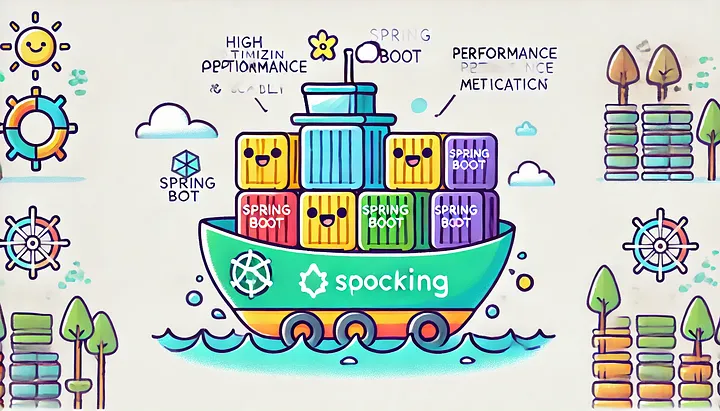Scaling a Spring Boot application to handle 1 million requests per second might sound like an impossible feat, but with the right strategies, it’s absolutely achievable. Here’s how I did it:

1. Understand Your Bottlenecks
Before optimizing, I conducted a thorough performance analysis using tools like JProfiler and New Relic.
This helped identify key issues: High response times for certain APIs. Database queries taking too long. Thread contention in critical parts of the application.
💡 Lesson Learned: Always measure before you optimize. Guesswork can lead to wasted effort.
2. Implement React Programming
Switching to Spring WebFlux for critical parts of the application enabled a nonblocking, reactive architecture. This significantly reduced thread usage, allowing the server to handle more concurrent requests.
3. Optimize Database Queries
Database performance was a huge bottleneck. Here’s what worked:
Query Optimization: Rewrote complex queries, added proper indexes, and avoided N+1 queries using Hibernate’s @BatchSize.
Caching: Leveraged Redis for caching frequently accessed data, cutting down repetitive database hits.
Connection Pooling: Tuned HikariCP settings to handle high traffic efficiently.
4. Tune Thread Pool and Connection Limits
Finetuning thread pools and connection limits in Tomcat and Netty (used by WebFlux) was a gamechanger.
Used spring.task.execution.pool settings for async tasks.
Increased Netty’s connection limits and optimized worker threads.
5. Leverage CDN and Load Balancers
To distribute the load, I: Integrated a CDN (like Cloudflare) to cache static assets. Used a load balancer (NGINX + AWS ALB) to distribute traffic across multiple app instances.
6. Optimize Serialization and Compression
Switching to Kryo serialization for data transfer and enabling GZIP compression for responses significantly reduced payload sizes and improved response times.
7. Adopt Horizontal Scaling
Deployed the app in a containerized environment using Kubernetes: Added autoscaling rules to spin up more pods during traffic surges. Used Istio for traffic shaping and resilience.
8. Test, Test, Test Again
I used Gatling and Apache JMeter to simulate realworld traffic. Stress testing helped identify weak spots before deploying to production.
🌟 The Result
With these optimizations, our Spring Boot application went from struggling under 100K requests/second to consistently handling 1M requests/second with low latency and high reliability.
Key Takeaway
Performance optimization is not about finding one magic solution — it’s a combination of small, targeted improvements that align with your specific bottlenecks.
Refs
This blog post is inspired by How I Optimized a Spring Boot Application to Handle 1M Requests/Second 🚀 by Yatinsindhi on Medium. You can read the full post here.